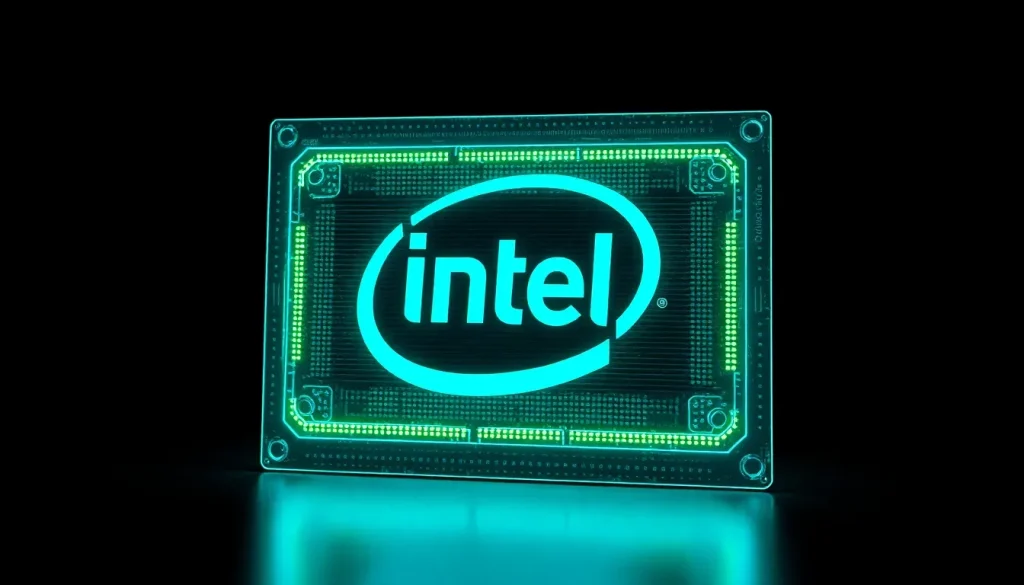Intel VROC Blackout Transitioning to Graid Technology

Intel VROC has been a crucial component in the architecture of Intel servers, providing a unique approach to RAID functionality without the need for traditional RAID controllers. However, recent developments indicate a significant shift in this technology landscape. As Intel pivots towards GRAID technology, industry stakeholders are eager to understand the ramifications of this transition. This article delves deeper into the implications of Intel's move, what it means for current users of VROC, and how the future of RAID technology is evolving.
Understanding Intel VROC and its Role
Intel VROC (Virtual RAID on CPU) is designed to enhance storage performance by allowing direct management of NVMe SSDs through the CPU, eliminating the need for additional RAID controllers. This approach not only streamlines the architecture but also improves performance and reduces latency. VROC has been particularly beneficial in environments where high data throughput and low latency are critical, such as data centers and cloud services.
Key benefits of Intel VROC include:
- Increased Performance: By bypassing traditional RAID controllers, VROC can provide faster data access and improved I/O performance.
- Simplified Management: The integration with Intel’s architecture allows for easier configuration and management of storage resources.
- Cost Efficiency: Reducing the need for additional hardware can lead to lower overall system costs.
Transitioning from VROC to GRAID Technology
Intel's recent decision to transition from VROC to GRAID technology marks a significant shift in its approach to RAID solutions. This transition aims to simplify and streamline its offerings while providing enhanced features through GRAID. GRAID is designed to offer advanced RAID capabilities, including support for newer storage technologies and improved performance metrics.
Notably, the transition is expected to have an immediate impact, with Intel planning to cease support for VROC in favor of GRAID. While this may seem abrupt, it reflects a broader trend within the industry towards more integrated and efficient storage solutions.
Key Dates and Blackout Periods
As the transition unfolds, there are several important dates and periods to be aware of regarding VROC and GRAID:
| Date | Event |
| 10/23/25 | Last day to create new VROC RMAs at Intel |
| 10/30/25 | Last day for customers to ship VROC RMAs to Intel |
| 11/7/25 | Last day to order Intel VROC hardware keys through Intel |
| 11/24/25 | First day to place new VROC hardware key orders and submit RMAs to GRAID |
During the blackout periods, which span from late October to late November, customers will be unable to order or submit RMAs to either Intel or GRAID. This creates a gap that users must navigate carefully.
What Does This Mean for Current Users?
The transition from VROC to GRAID technology may leave current users with several concerns. Here are some considerations:
- Support and Upgrades: Users will need to ensure they understand how to migrate their systems to GRAID and what support will be available during the transition.
- Data Migration: It's crucial to have a clear strategy for migrating data from VROC configurations to GRAID-compatible setups.
- Cost Implications: GRAID may introduce new pricing structures, which could affect overall budget considerations for businesses relying on Intel's RAID solutions.
How to Enable and Disable Intel VROC
For users still operating on Intel VROC, it’s essential to know how to manage this technology effectively before the transition. Enabling and disabling VROC can typically be done through the BIOS settings of your server. Here’s a quick guide:
Enabling Intel VROC
- Access the BIOS setup during system startup.
- Navigate to the storage configuration settings.
- Select the VROC option and enable it.
- Save changes and reboot the system.
Disabling Intel VROC
- Enter the BIOS setup on startup.
- Go to the storage configuration settings.
- Select the VROC option and disable it.
- Save changes and exit the BIOS.
Future of RAID Technology in Intel's Ecosystem
The shift towards GRAID technology signals a broader evolution in the RAID landscape. As traditional RAID controllers fall out of favor, newer technologies like GRAID are designed to meet the demands of modern data storage needs.
In the coming years, we can expect to see:
- Enhanced Performance: GRAID aims to leverage evolving storage technologies for even better speed and efficiency.
- Integration with Cloud Services: As data management increasingly moves to the cloud, RAID solutions will need to become more cloud-friendly.
- Greater Flexibility: The future of RAID will likely focus on adaptability to various data types and workloads, providing users with tailored solutions.
The Implications for Intel and GRAID
This transition is not just a technical shift; it has significant implications for both Intel and GRAID. For GRAID, the acquisition of Intel's customer base presents a substantial opportunity to expand its market presence. For Intel, the focus shifts towards refining its data center strategies amidst increasing competition in the CPU market.
As the industry evolves, the implications of this partnership could lead to innovations that redefine how data is managed across servers, emphasizing speed, efficiency, and cost-effectiveness.




Leave a Reply